Despite recent efforts by the Internal Revenue Service (IRS) to measure the effectiveness of its Taxpayer Assistance Centers (TACs), inaccurate, incomplete, or absent information on customer needs, which services are most effective, and the costs associated with providing those services is hampering the IRS's ability to determine which services should be offered and the optimum locations for the centers, according to a report released today by the Treasury Inspector General for Tax Administration (TIGTA).
The IRS maintains 401 TACs across the country where taxpayers can meet face-to-face with IRS employees who are there to answer their tax-related questions. In May 2005, the IRS announced plans to close 68 TACs nationwide. Congress instructed the IRS to delay any closings until it developed a five-year plan to improve taxpayer service. The IRS subsequently issued a two-part Taxpayer Assistance Blueprint, which included a step-by-step process for future decisions regarding center locations, called the TAC Geographic Footprint.
TIGTA's report found that the IRS cannot track the costs of operating individual TACs or the level of service they provide to taxpayers. "Without complete and accurate information on costs and services, the IRS cannot make sound decisions on the future location of centers," said TIGTA Inspector General J. Russell George.
One hundred and nineteen (30 percent) of the 401 TAC property leases expire in Fiscal Years 2008 and 2009. The expiration of these leases provide the IRS with the opportunity to determine whether the current locations best serve taxpayers who rely on TAC services.
The IRS partially disagreed with TIGTA's finding that it is unable to identify which taxpayers are most effectively served in the TACs. The IRS stated that it believes the current data it is collecting are sufficient to identify taxpayers' needs and the services provided. The IRS's complete response to the report is included as Appendix VI.

